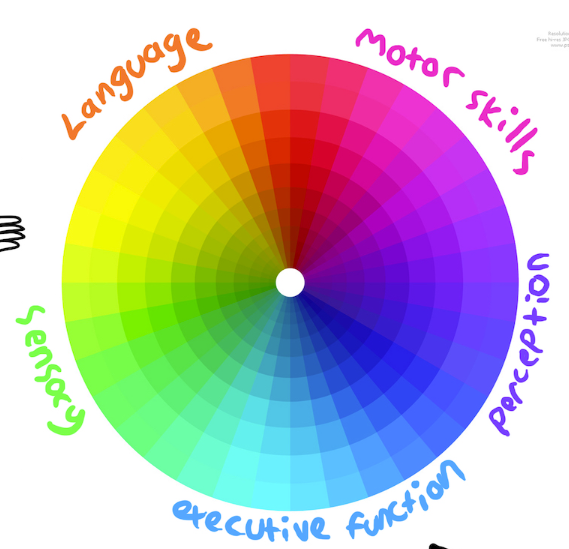Autism Spectrum Condition
"Autism is a lifelong spectrum ‘disorder’ or ‘condition’* related to differences in the way the brain develops. An individual on the autism spectrum is affected to different degrees and in different ways. People on the autism spectrum are all unique - the characteristics identified below vary from person to person. ‘Asperger’s syndrome’ used to be treated as a distinct diagnosis but is now included under the broader umbrella term ‘Autism spectrum’." - Disability Services at Warwick
"I greatly appreciate the attitude my personal tutor has towards my disability which is talking about it as any other topic- not going out of his way to be clearly uncomfortable or avoid mentioning it altogether, but also not being overly sensitive or patronising about it. He is very straightforward about it, which I feel is very good practice". - Warwick Student
What is Autism - National Autistic Society
As Autism is a spectrum condition, it means that individuals can and will have different needs. The list of experiences here that some students may have is not exhaustive and it is important to understand that individual experience.
It is helpful to view autism as a spectrum condition (see image), and that individuals can be placed in different areas of this spectrum rather than on a continuum of 'autistic' and 'not', which often produce unhelpful language and stereotypes.
Inclusive Teaching for Autistic and Neurodivergent Students
"What I Wish You Knew": Autistic Students Guide (Uni of Warwick)
What are some characteristics of those with Autism?

Sensory Differences
Sensory differences can come in the form of hypersensitivity (over-responsiveness) and hyposensitivity (under-responsiveness).
Sensitivities may be to sounds, sights, smells, tastes, touch, balance, awareness of body position and movement (proprioception) and an awareness of internal body cues and sensations (interoception).

Masking
Masking is a term used to describe when behaviours or expressions of identity are being suppressed in order to 'appear normal' (Willey, 2014), or a 'coping strategy' for those with ASC (Hull et al, 2017). Masking is often a result of individuals being afraid of the negative connotations or stigma of their behaviours and their relation to being autistic (Miller et al, 2021).

Social Communication and Interaction
Both non-verbal and verbal communication can present difficulties, such as tone of voice. Allowing extra time for students to process, or being willing to repeat what you have said can be helpful.
Further, interaction can also present challenges for people with autism. For example, interpreting deeper meaning or recognising and understanding others' emotions.
What is Stimming?
"Stimming or self-stimulating behaviour includes arm or hand-flapping, finger-flicking, rocking, jumping, spinning or twirling, head-banging and complex body movements. It includes the repetitive use of an object, such as flicking a rubber band or twirling a piece of string, or repetitive activities involving the senses (such as repeatedly feeling a particular texture)." https://www.autism.org.uk/
Should You Intervene?
Stimming is often a self-soothing action and it is often a way for students to reduce stress so it shouldn't be stopped or reduced. If the behaviour becomes self-injurious or unsafe, then support or intervention may be necessary, but often this will not be the case.
“I quickly become overwhelmed [in social situations]. Is it surprising that I then feel like blocking the world out and literally putting my thoughts back in order? That I start to rock to tell myself which feelings are mine? I start speaking to myself or groaning to block out other sounds so that I know which thoughts are mine. I think anyone experiencing life this way would do the same.” - Johnny (University Student)

